It's pollinator time!
The peak pollinator time in my garden is here, and although it will last for a couple of months I want to show you some of the main players now.
Polanisia dodecandra (red-whisker clammyweed) attracts smaller bees, although I didn't see any at the time of day that I took this photo. Such a nice little native annual when planted in drifts.
The Agastache foeniculum and Agastache rugosa are starting to bloom now...
...and they attract bees of all sizes, at all times of day. It's really a great plant for pollinators, which is why I have dozens of these all throughout my yard. Its foliage smells so wonderful too! (I might have some hybrid crosses between the two species too, as most of my plants are volunteers.)
Catnip (Nepeta cataria) is almost a weed in my garden now:
The bigger bees (bumbles) seem to like this one, although they left when I moved in with the camera for some reason. I should have chopped this plant back earlier so it would be bushier. (The one in the back garden is quite large and floppy, but I was using it as a deer decoy to protect other plants.)
Greek oregano (Origanum vulgare) is a tough plant that produces some nice, bee-friendly blooms:
The globe thistle (Echinops ritro) is just starting to bloom...
...and will soon be attracting so many bees you won't be able to count them!
When my gazillion plants are done flowering I will remove at least half of them. I say that every year but this time I mean it! (If you want some of these please contact me -- details on my "about page" -- especially if you live in the St. Louis area.)
Verbena bonariensis is blooming now.
I've got this growing in five different beds this year -- love this plant!
As pollinator-friendly as all of these are, the king of pollinator attractors right now is slender mountain mint (Pycnanthemum tenuifolium):
It's got so many different types of bees and other insects on it, I'm glad that I have two more of these to plant somewhere (if the ground ever dries out enough for planting that is).
I haven't shown you everything, as lots of other things are just starting to bloom like this native Monarda fistulosa...
...or the Rattlesnake master (Eryngium yuccifolium -- not shown) that I can't easily get to when everything is wet. So I guess that means more pollinator attractor bloom photos soon...
I love all of these clusters of tiny flowers as much as the bees do!
.

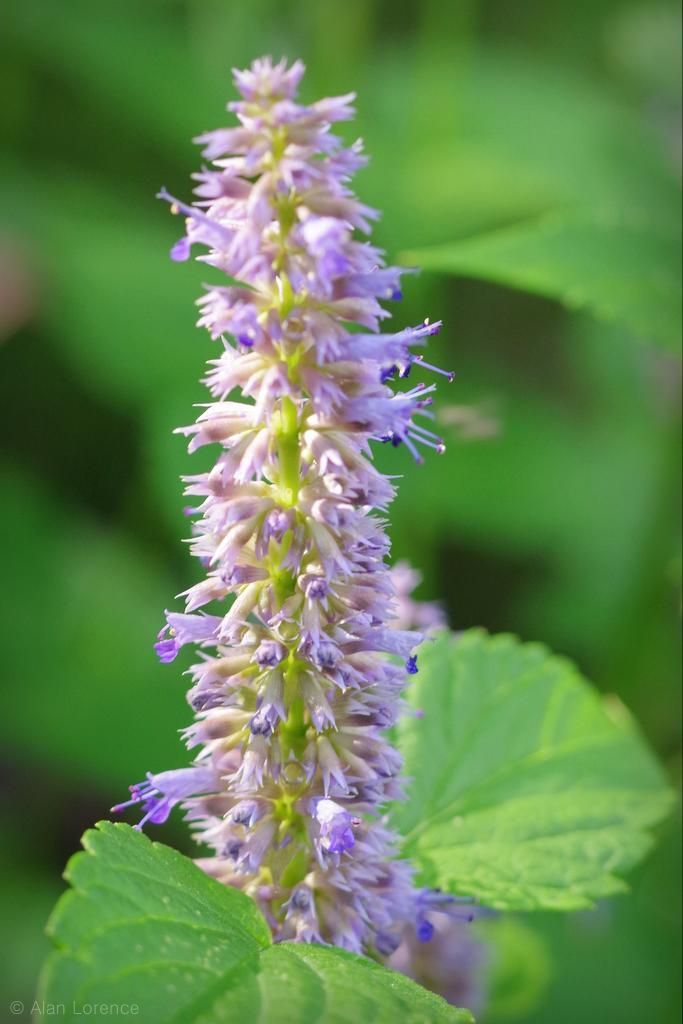
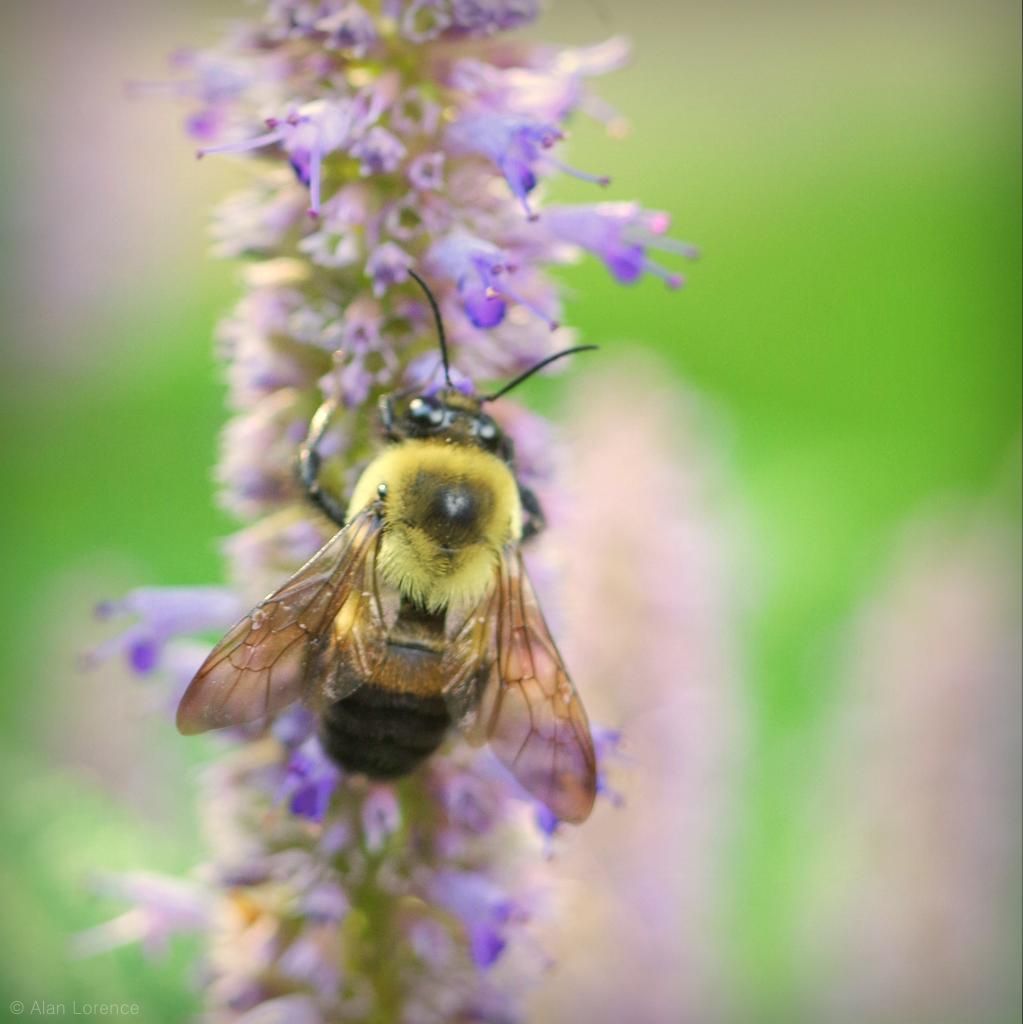

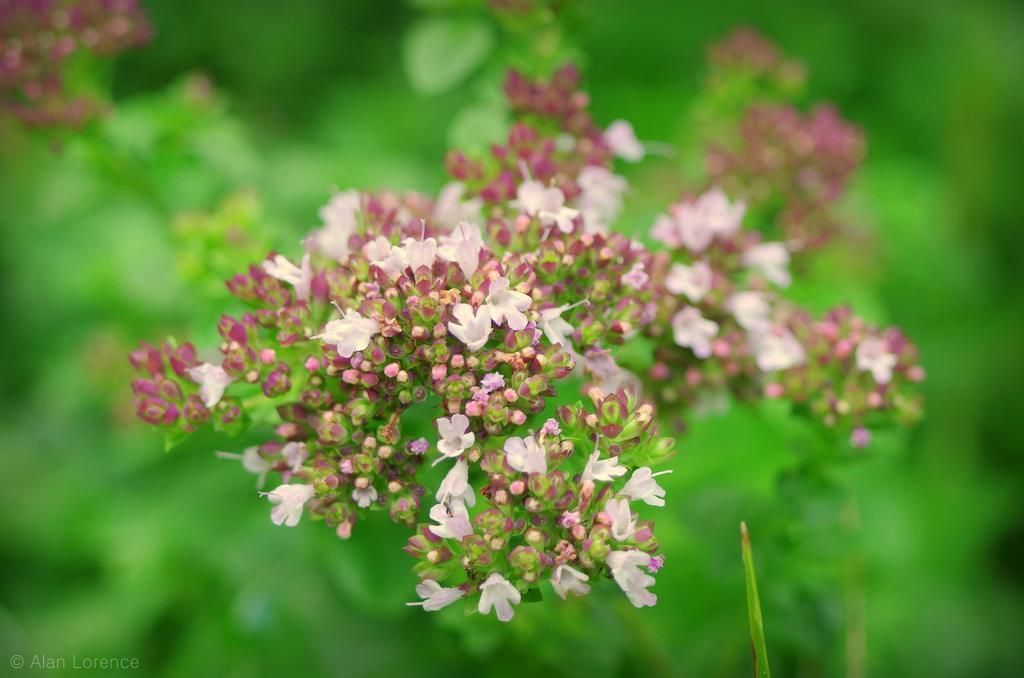
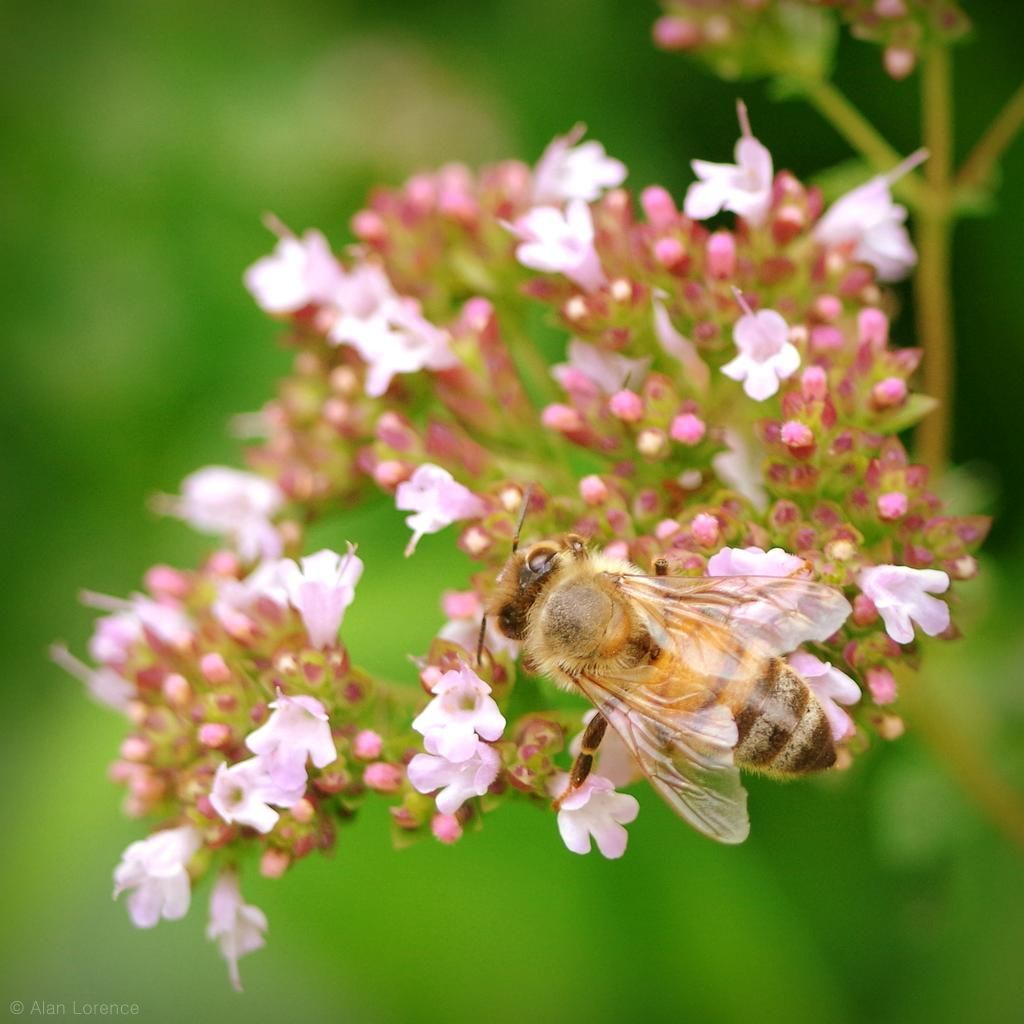
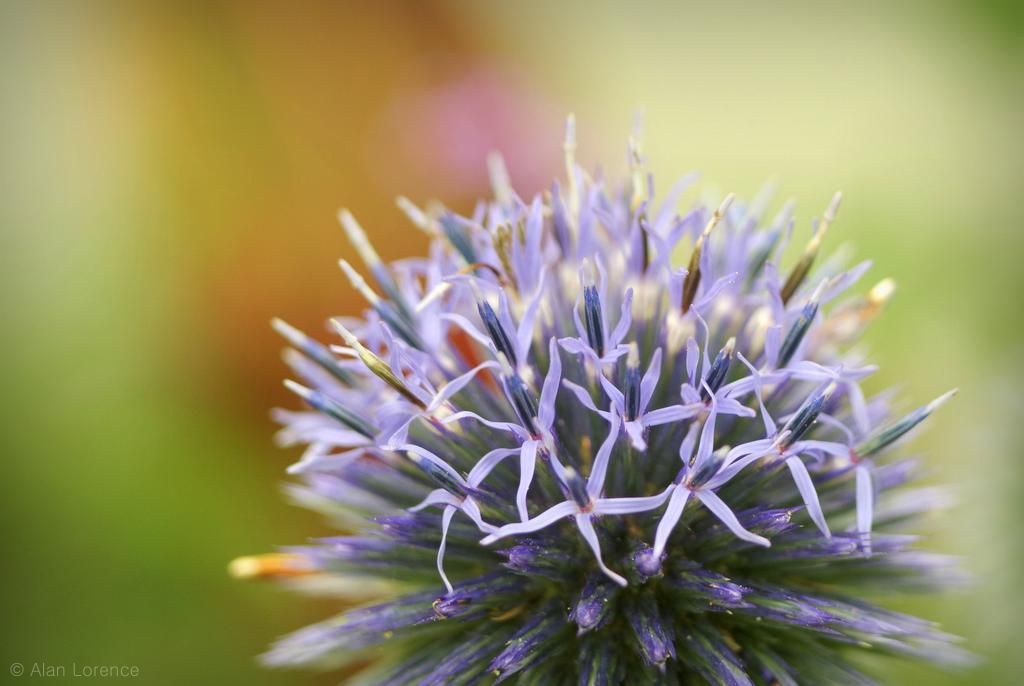
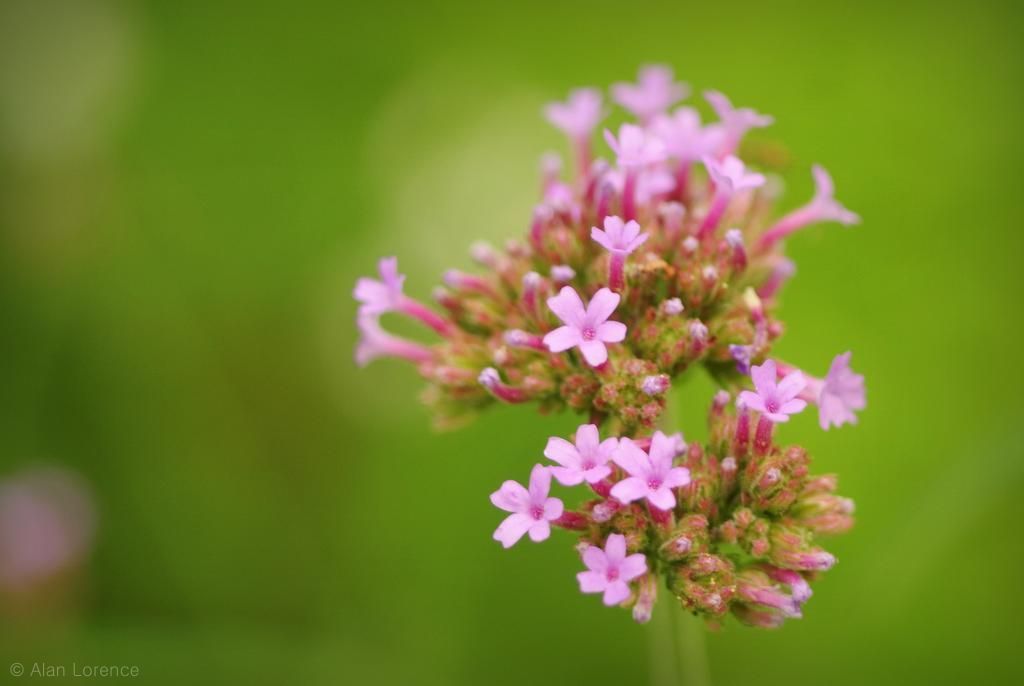
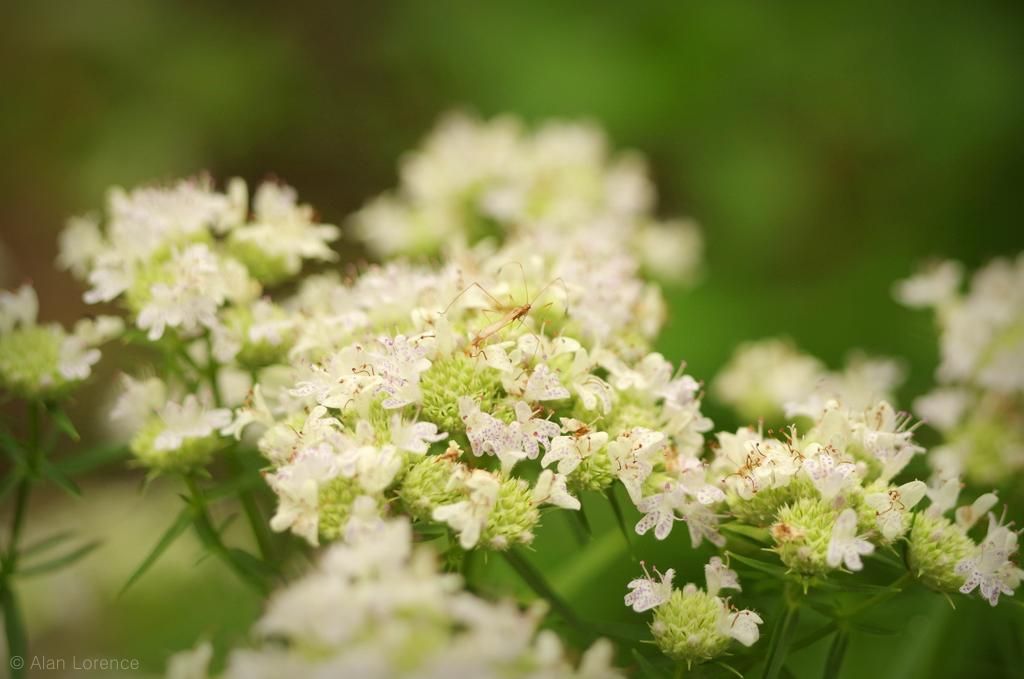
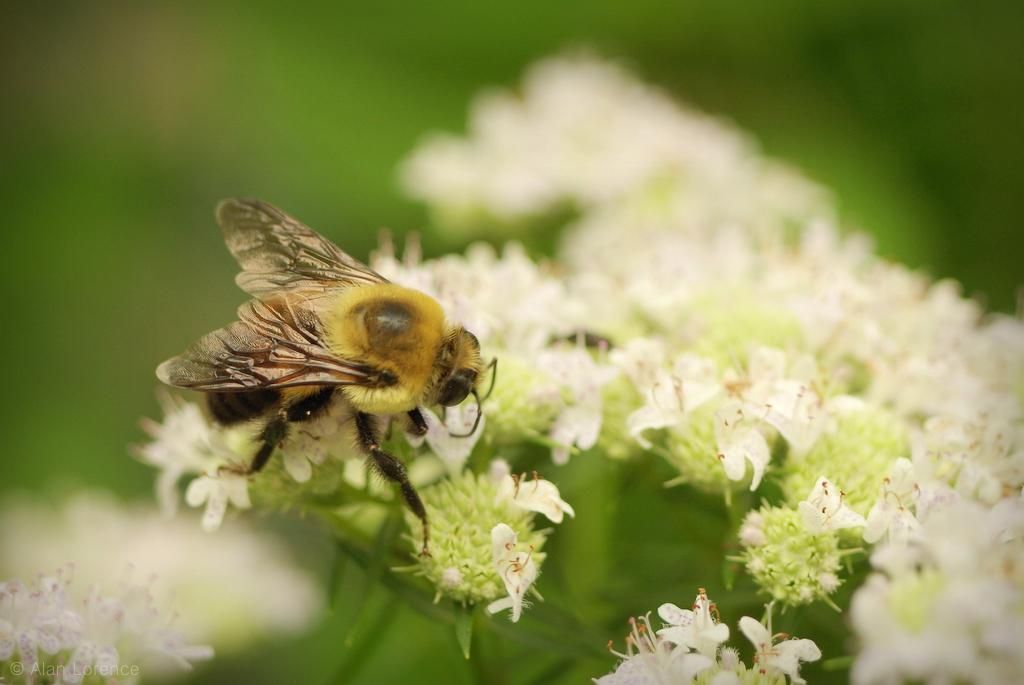
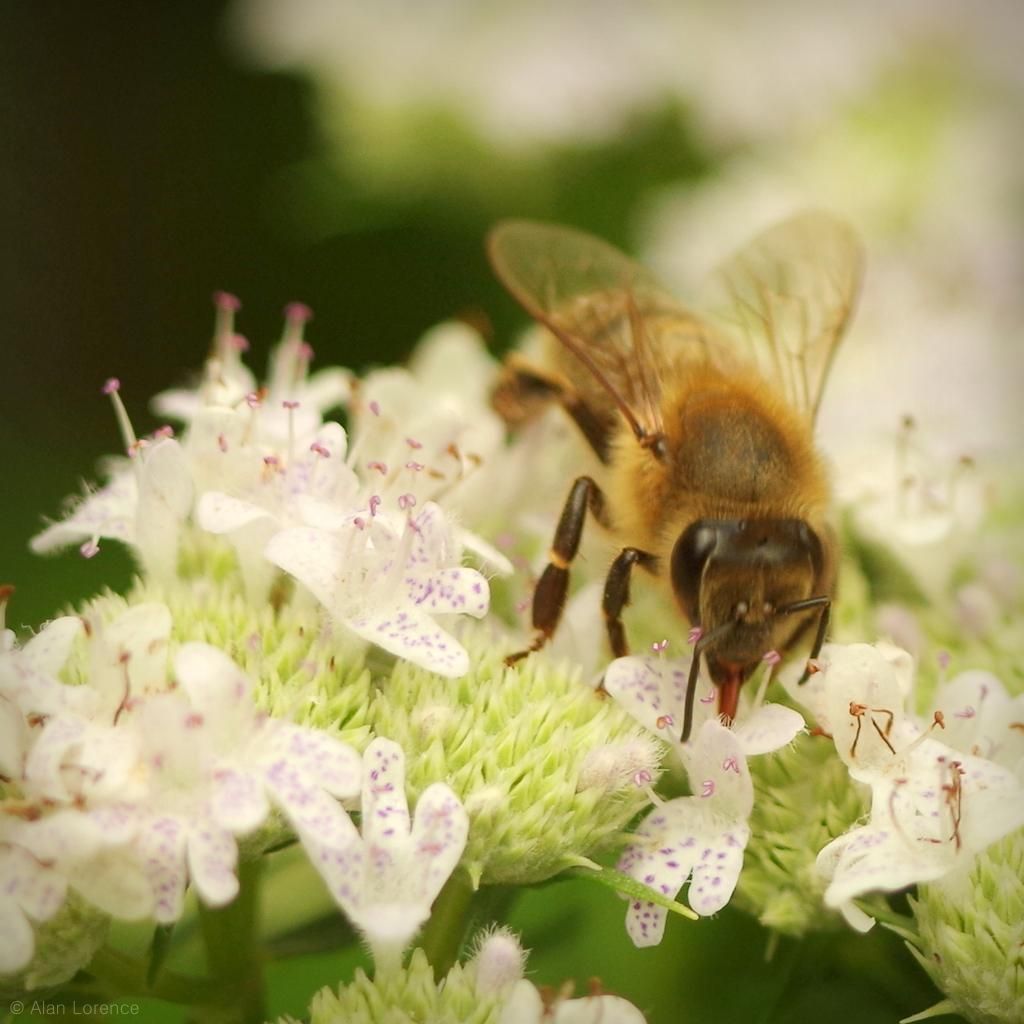
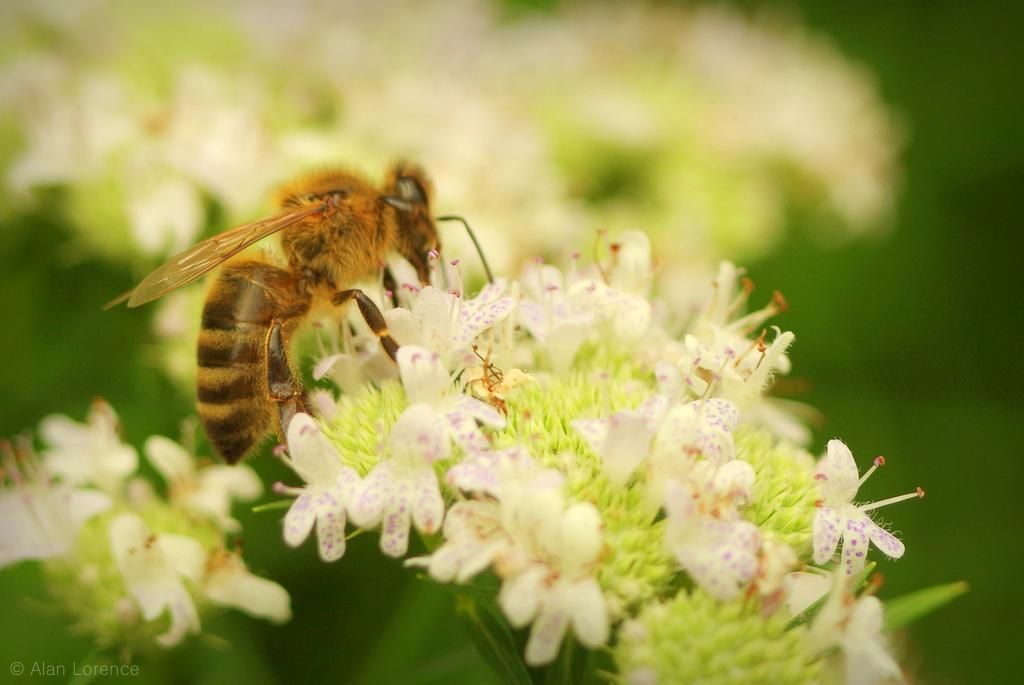
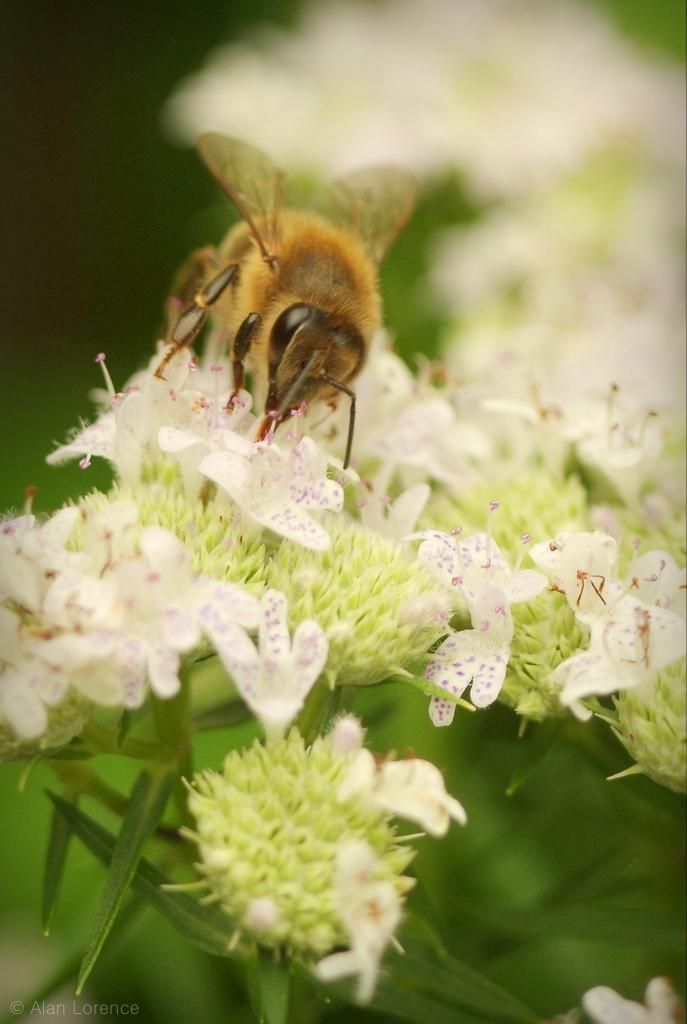
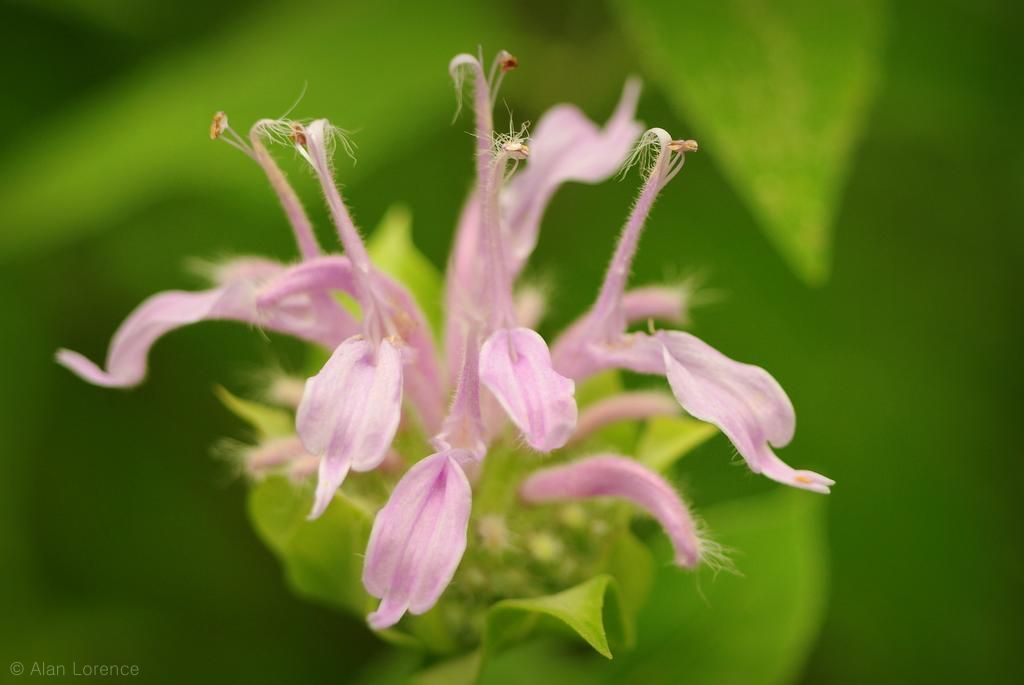
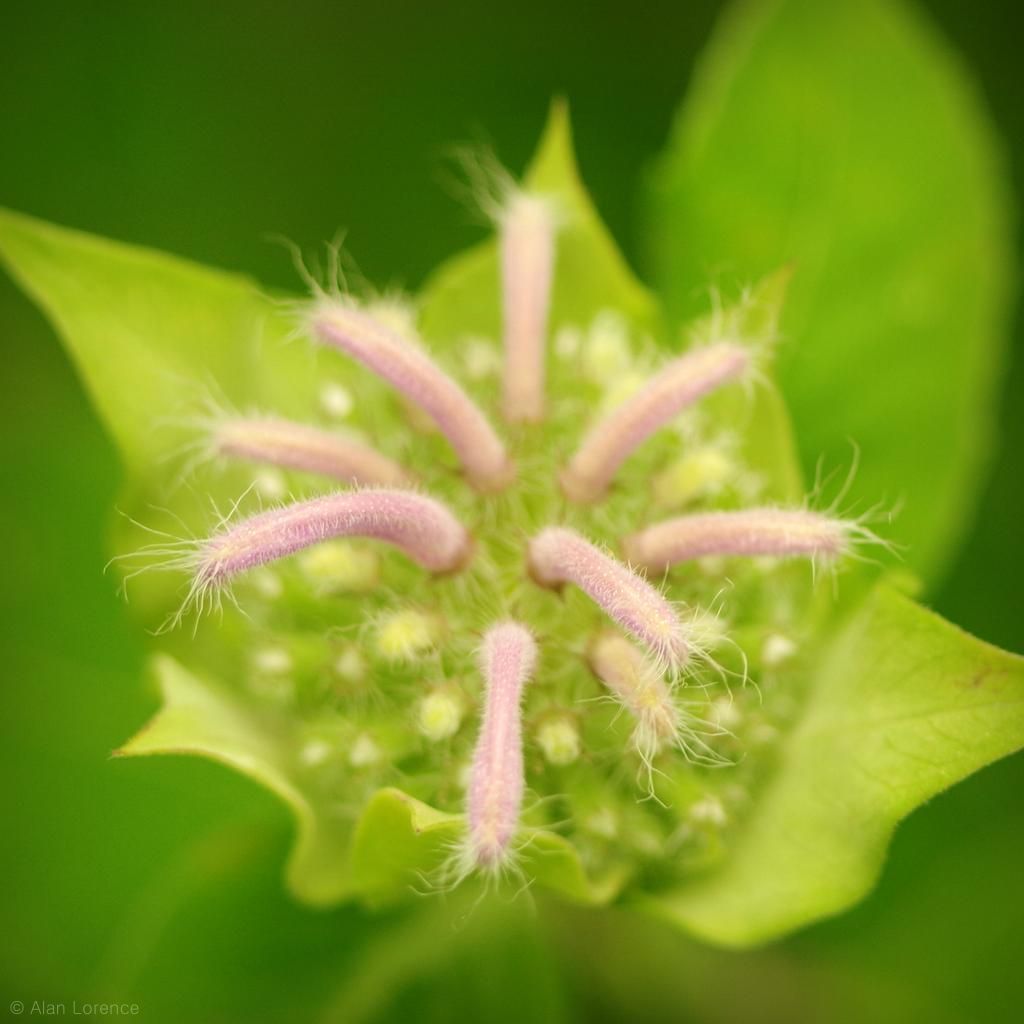




It's fun and relaxing to sometimes just sit back and watch the bees do their thing!